1. Mercury Thermometers
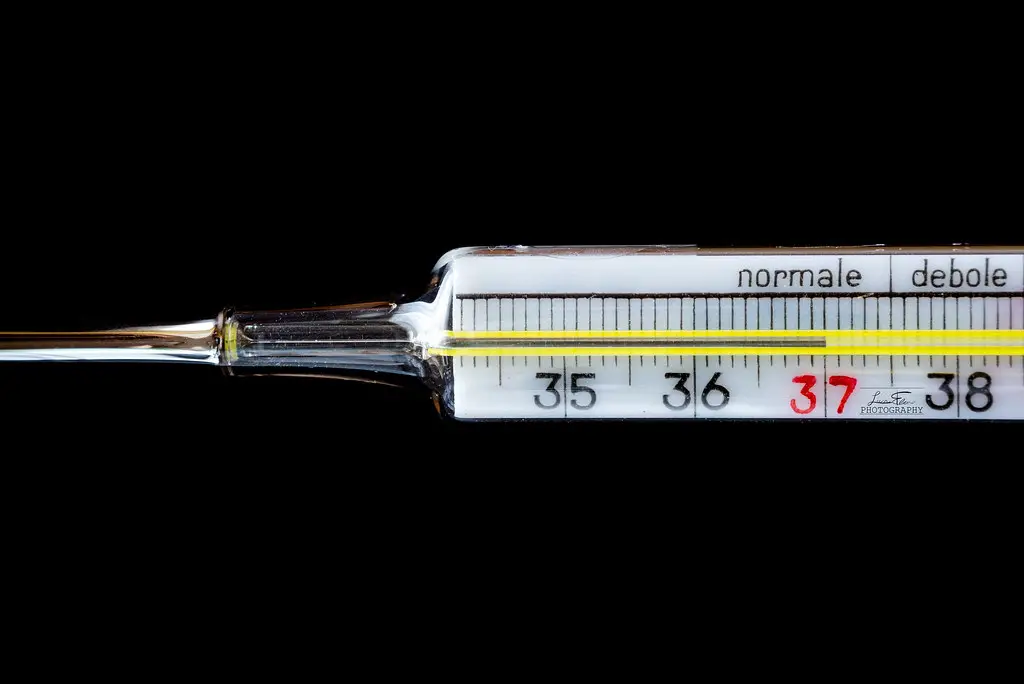
Mercury thermometers were once a household staple for their precision. Unfortunately, the risk of mercury spills and poisoning has rendered them obsolete. Digital and alcohol-based thermometers are the safer replacements.
2. Lead-Based Paint
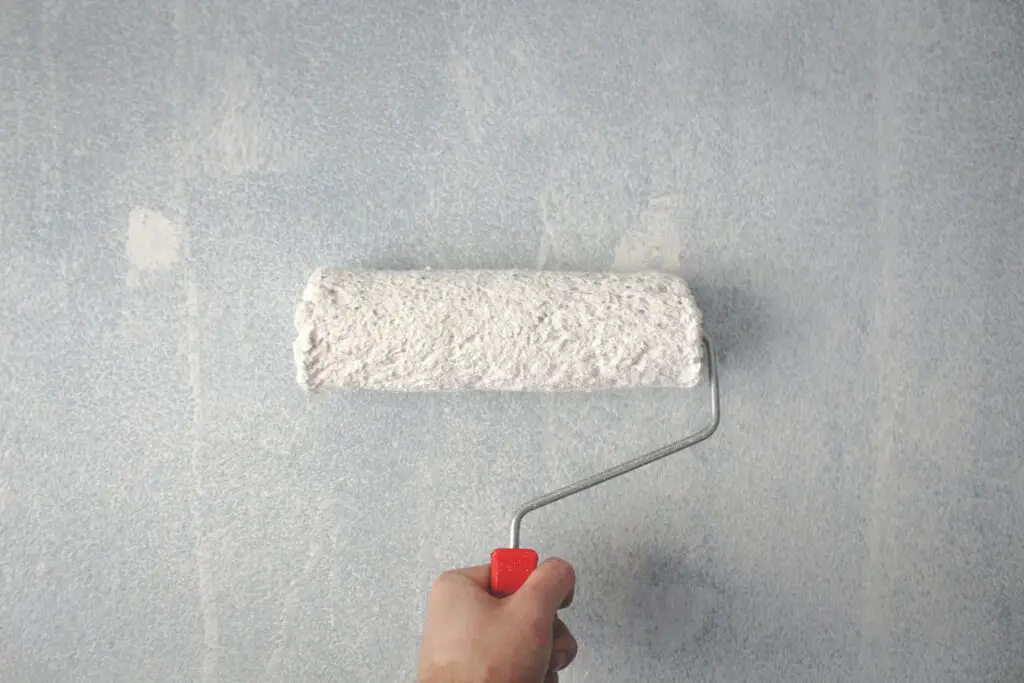
Once celebrated for its durability and vibrant colors, lead-based paint is now a health hazard. The toxic effects of lead exposure, particularly for children, have led to its ban. Today, safer, eco-friendly alternatives have taken its place.
3. Asbestos Insulation
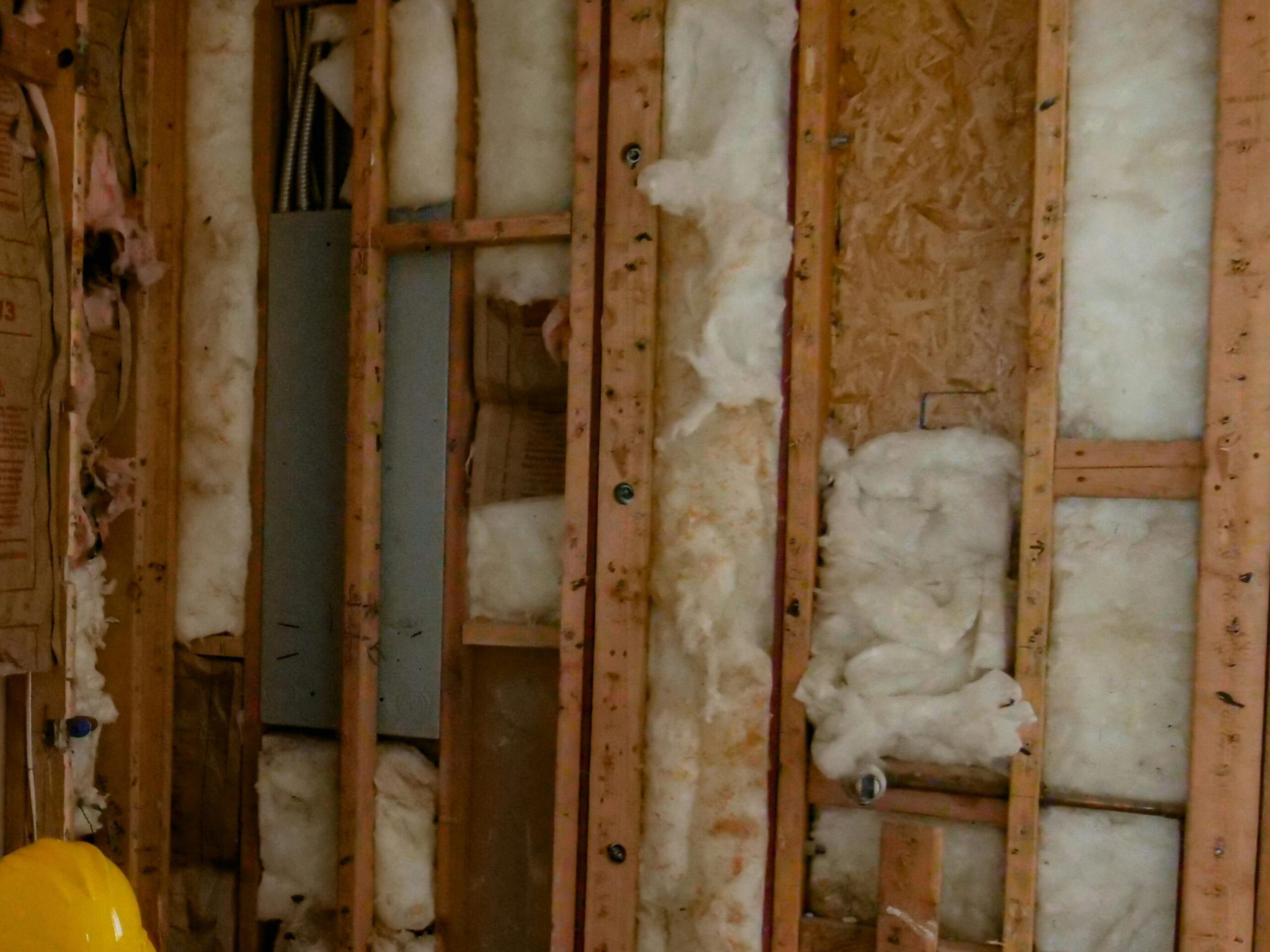
Asbestos was a go-to material for insulation and fireproofing due to its heat-resistant properties. However, it’s now infamous for causing respiratory illnesses, including mesothelioma. Modern homes rely on safer insulation materials like fiberglass and cellulose.
4. Lawn Darts
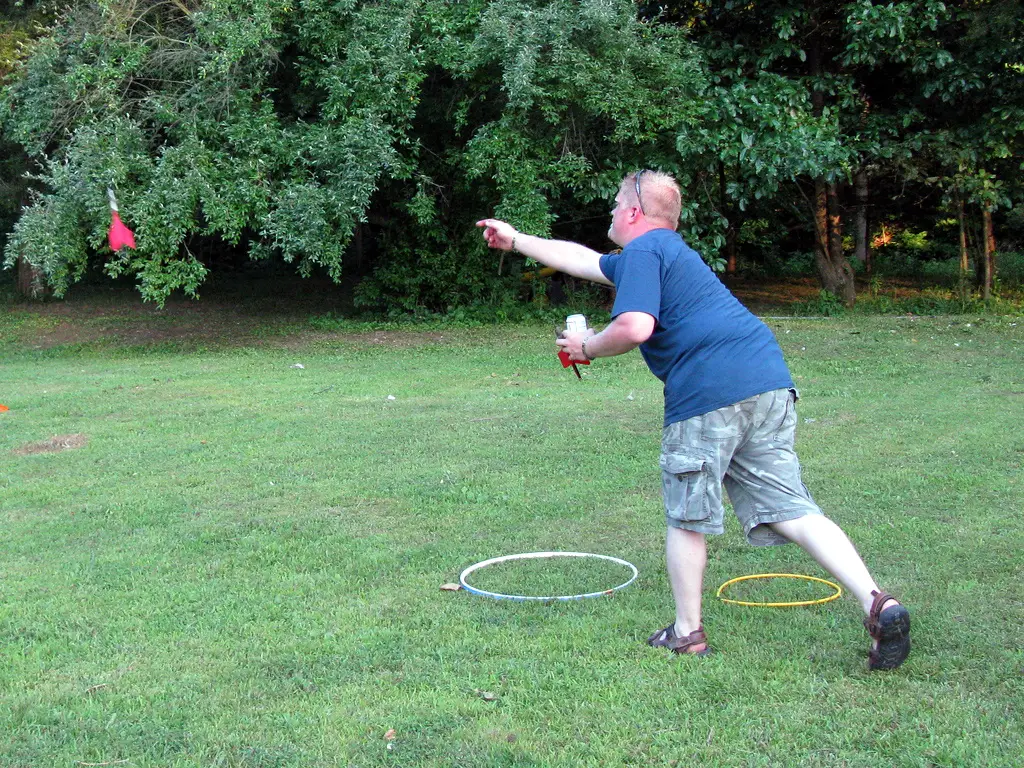
A popular outdoor game in the 1970s, lawn darts became notorious for causing severe injuries. Their sharp, heavy tips posed a danger to children and adults alike. They’ve since been replaced by safer, rounded versions for family fun.
5. Plastic Microbead Products
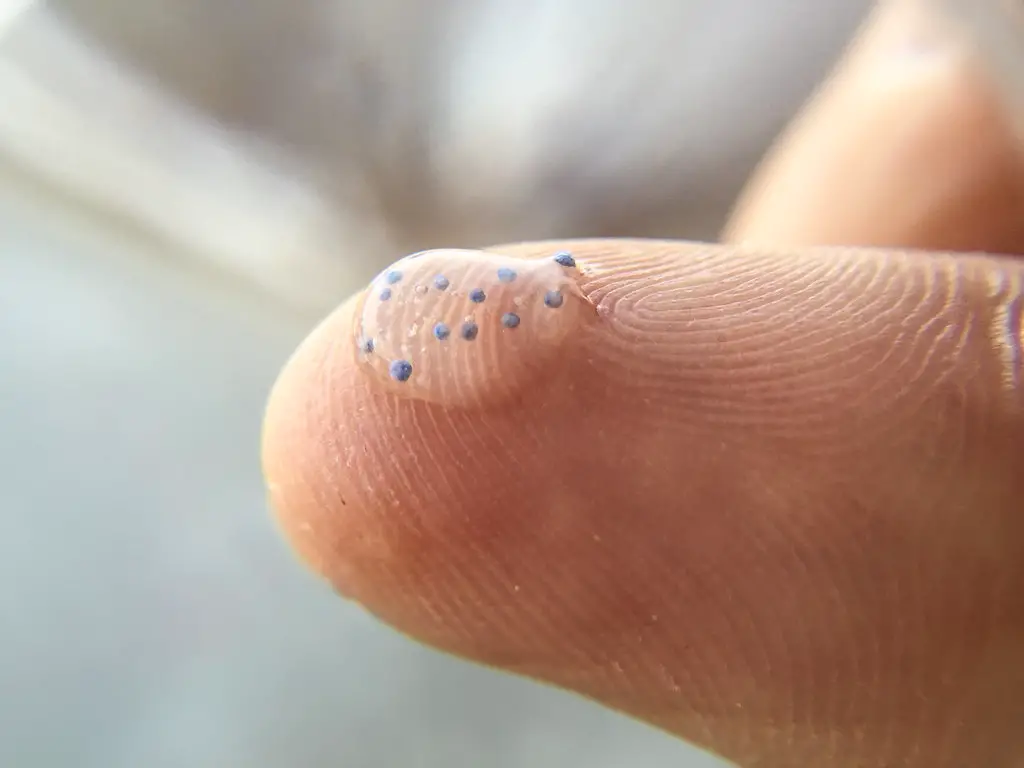
Facial scrubs and toothpastes with plastic microbeads were once a beauty trend. However, the beads polluted waterways and harmed marine life, prompting bans in many countries. Eco-friendly exfoliants now dominate the market.
6. Halogen Floor Lamps
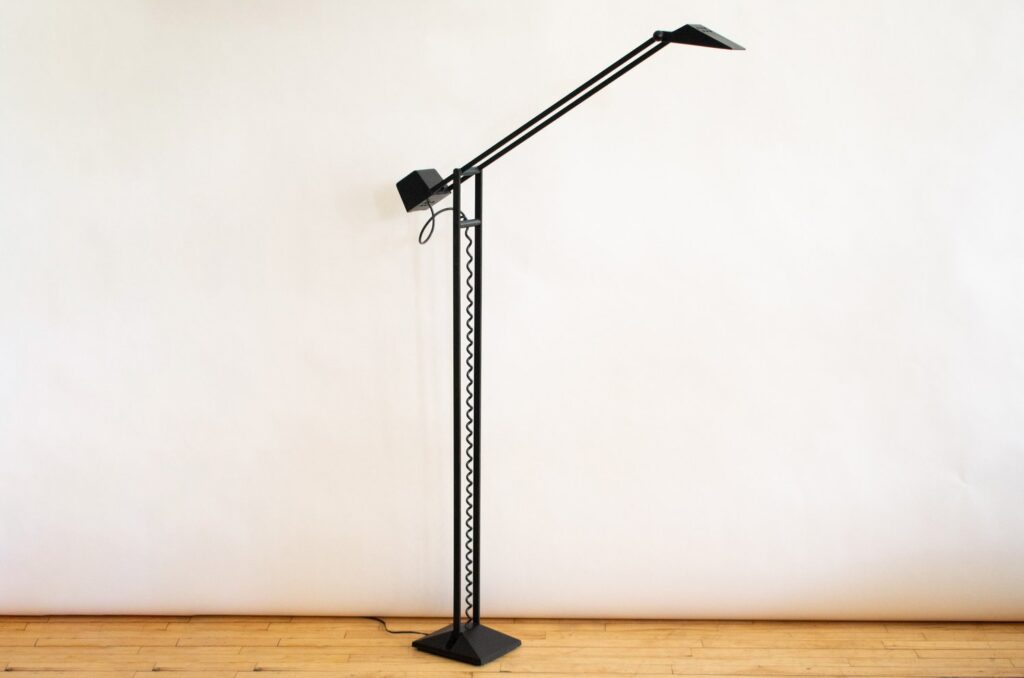
Halogen floor lamps were loved for their brightness and sleek designs. Unfortunately, they posed a fire hazard due to their high heat output. LED lamps now provide a safer and more energy-efficient lighting solution.
7. BPA-Laden Plastics
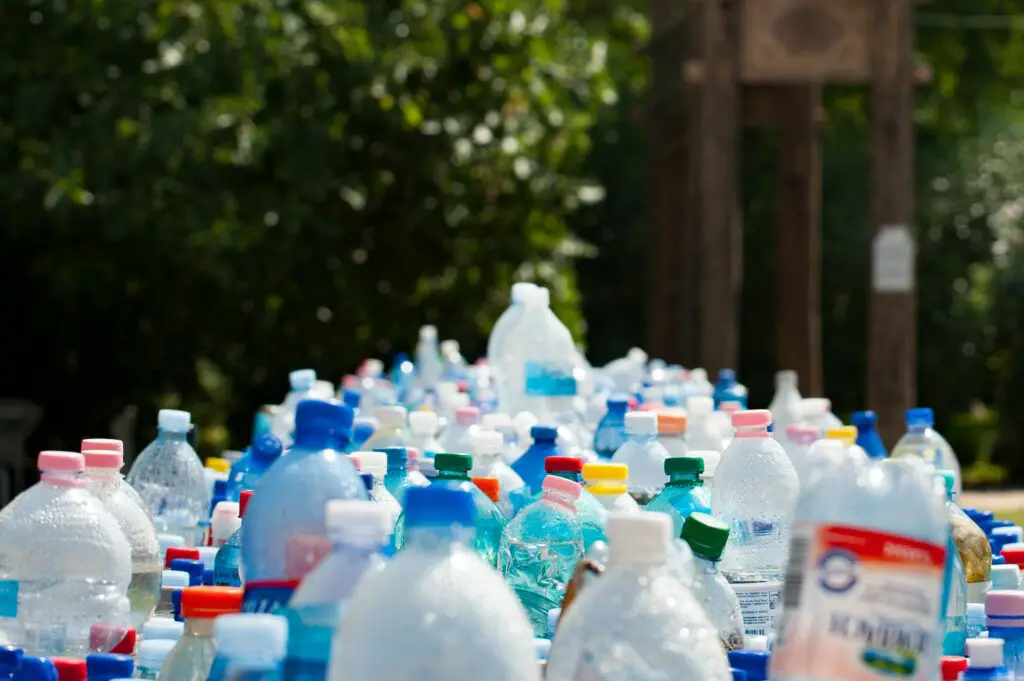
BPA (bisphenol A) was a common ingredient in plastic containers and water bottles. Once concerns about its potential health effects emerged, manufacturers moved to BPA-free alternatives. Today, glass and stainless steel containers are preferred.
8. Crib Bumpers
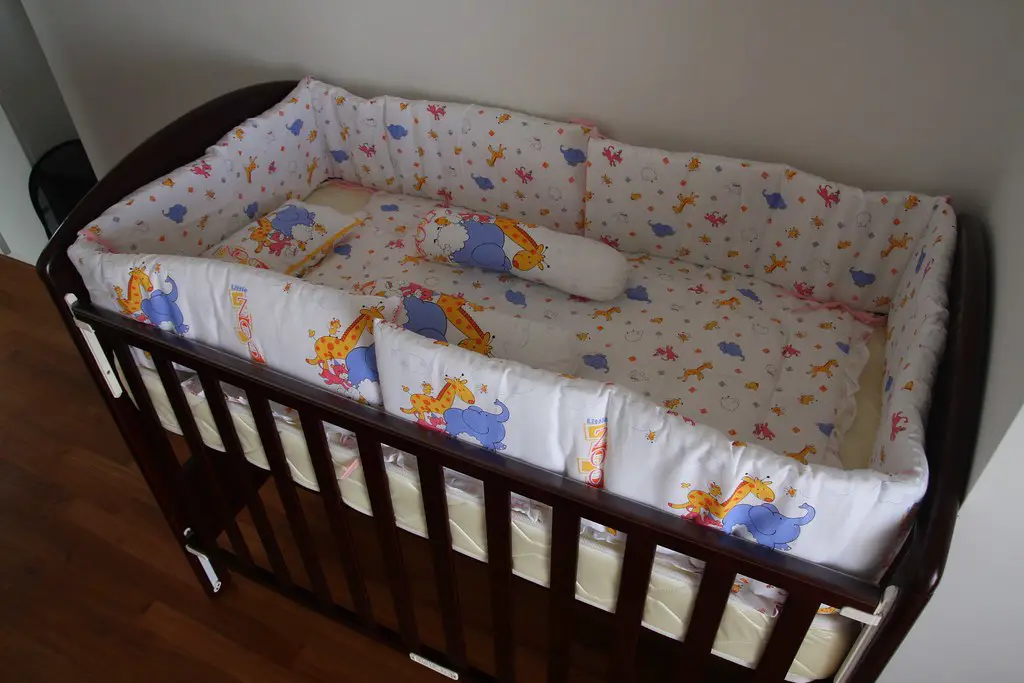
Crib bumpers were used to protect infants from bumps and drafts in cribs. However, they’ve been linked to suffocation risks, leading to bans in several areas. Breathable mesh liners or bare cribs are now the safer standard.
9. Electric Blankets with Faulty Wiring
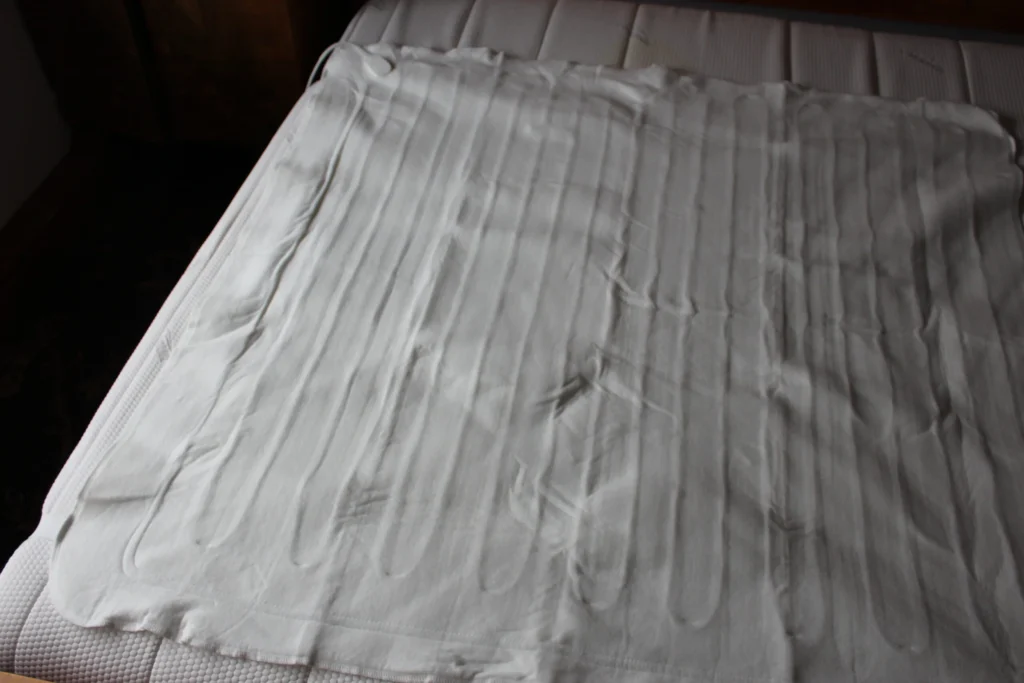
Electric blankets were a cozy staple, but older models with poor wiring caused fires and electrical shocks. Modern versions come with improved safety features, though heated mattress pads are a safer alternative.
10. CFC Aerosol Products
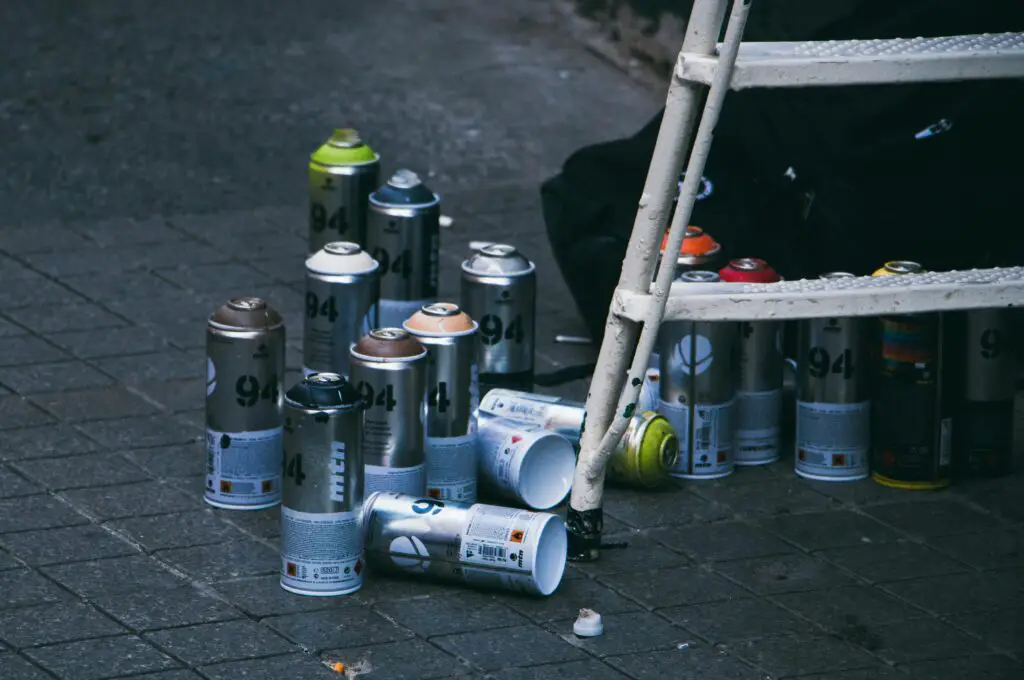
Aerosol sprays containing chlorofluorocarbons (CFCs) were once beloved for their convenience. Their role in ozone layer depletion, however, led to global bans. CFC-free aerosols and pump sprays are now the norm.
11. Incandescent Bulbs
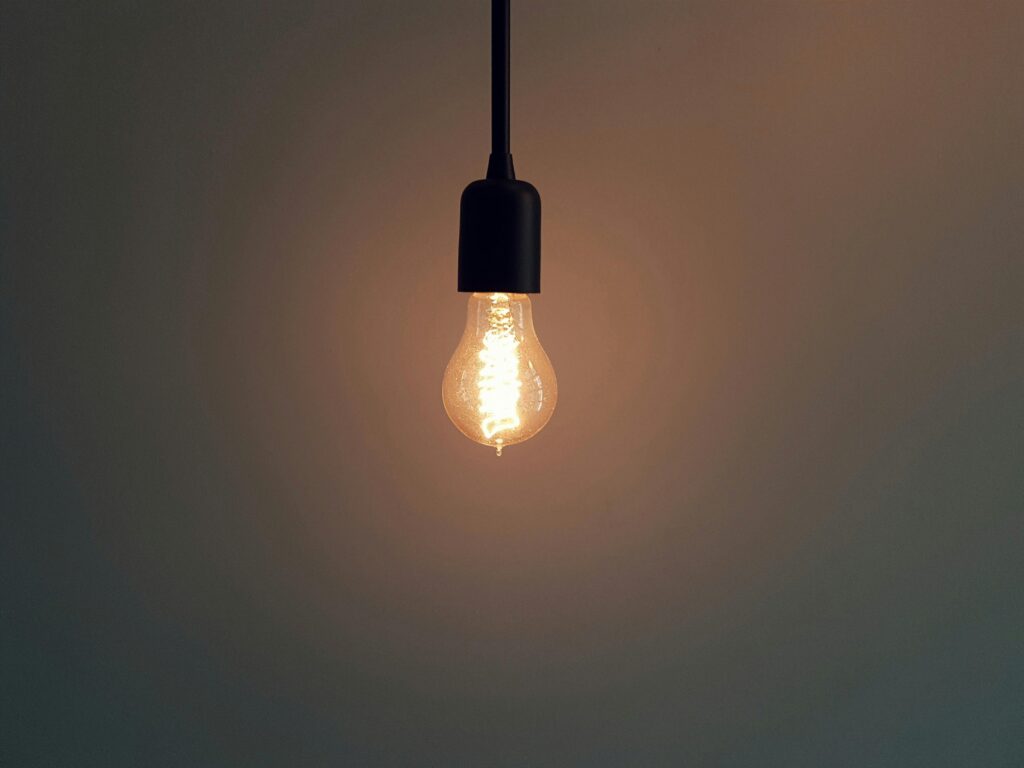
While incandescent bulbs lit homes for over a century, they were incredibly energy-inefficient. Their phased-out production makes way for LEDs and CFLs, which are longer-lasting and eco-friendly.
12. Secondhand Upholstery with Flame Retardants
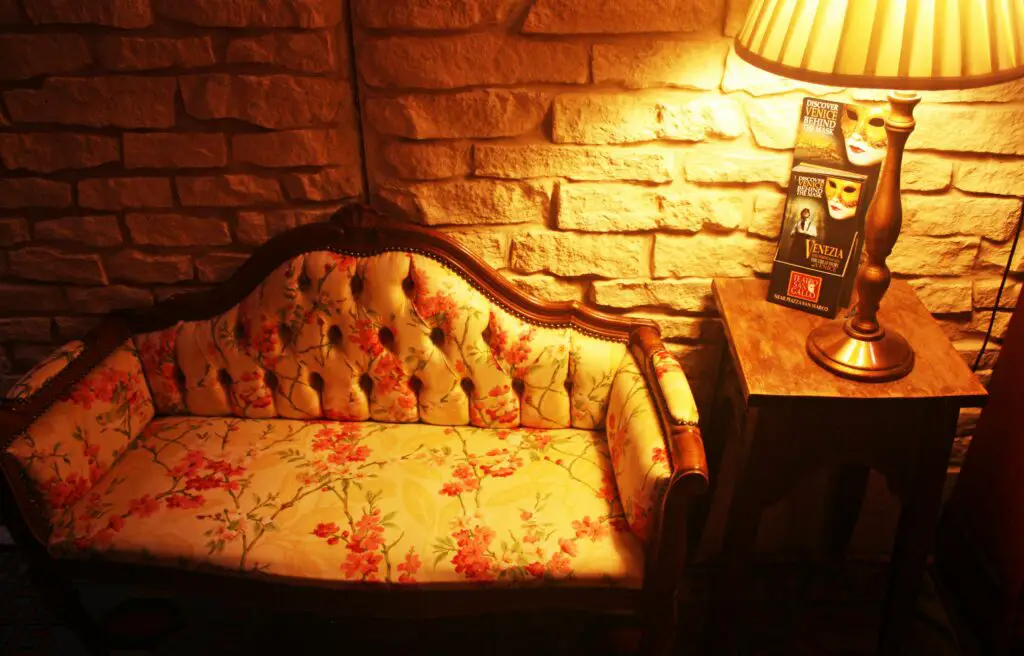
Furniture treated with chemical flame retardants was initially considered a safety improvement. Later, it was discovered these chemicals could release harmful toxins over time. Safer materials and natural flame retardants are now used in modern furniture.
13. Trampolines Without Safety Nets
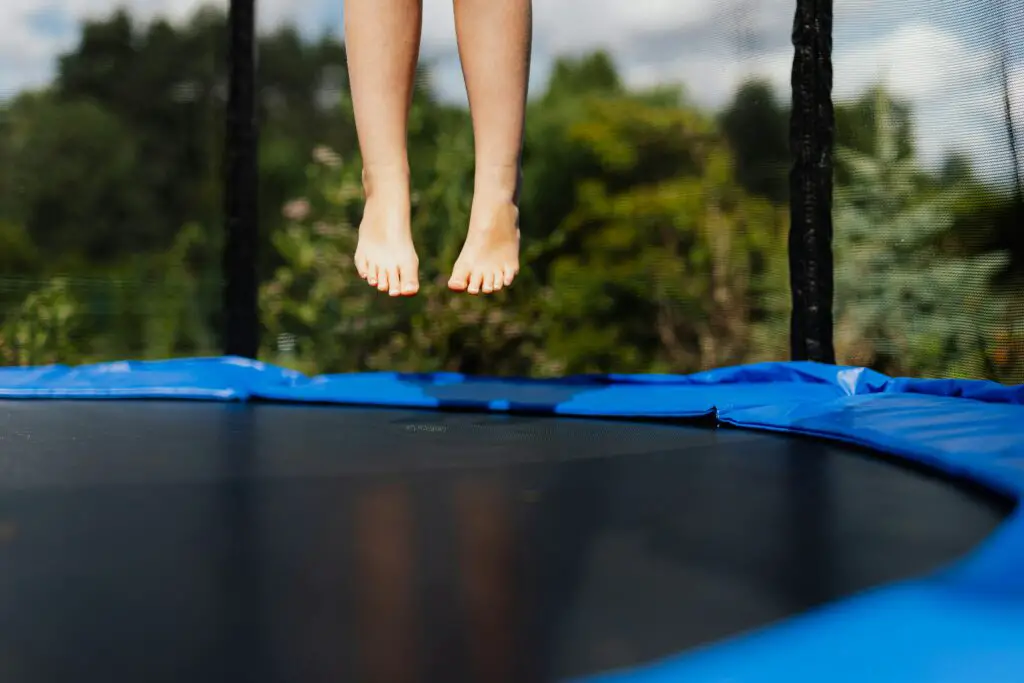
Older trampolines lacked the safety nets and padded edges we see today, leading to countless injuries. Modern trampolines come with extensive safety measures to prevent accidents. These features make backyard fun much safer for everyone.
14. Gas Stoves with Faulty Ventilation
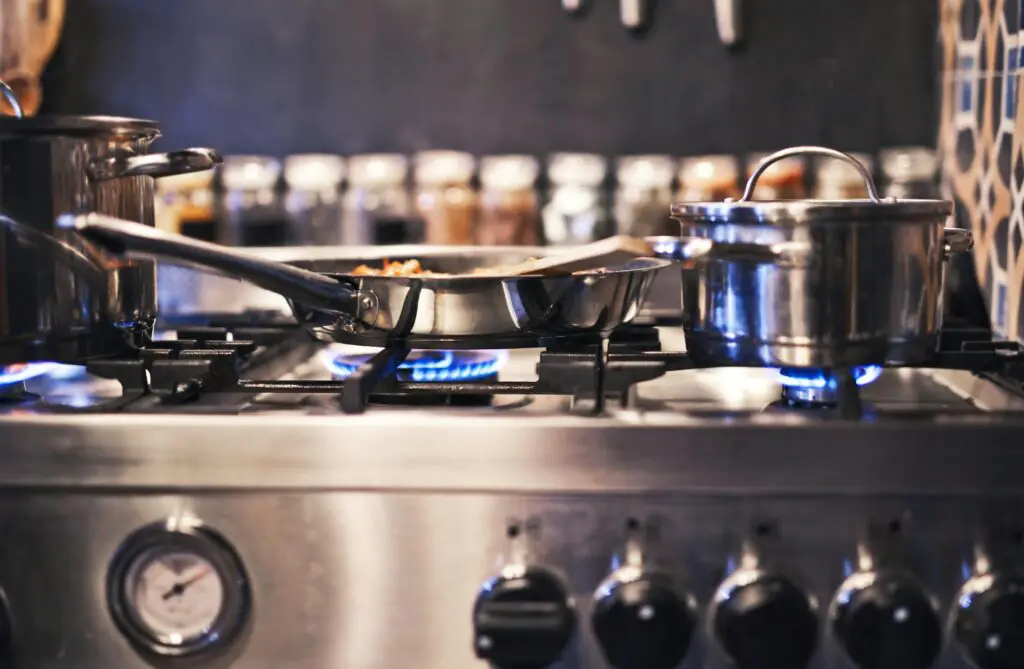
Gas stoves without proper ventilation were once common, despite the risks of carbon monoxide poisoning. Building codes now require range hoods and exhaust fans to ensure safe air quality. Induction cooktops are becoming a popular alternative.
15. High-VOC Cleaning Products
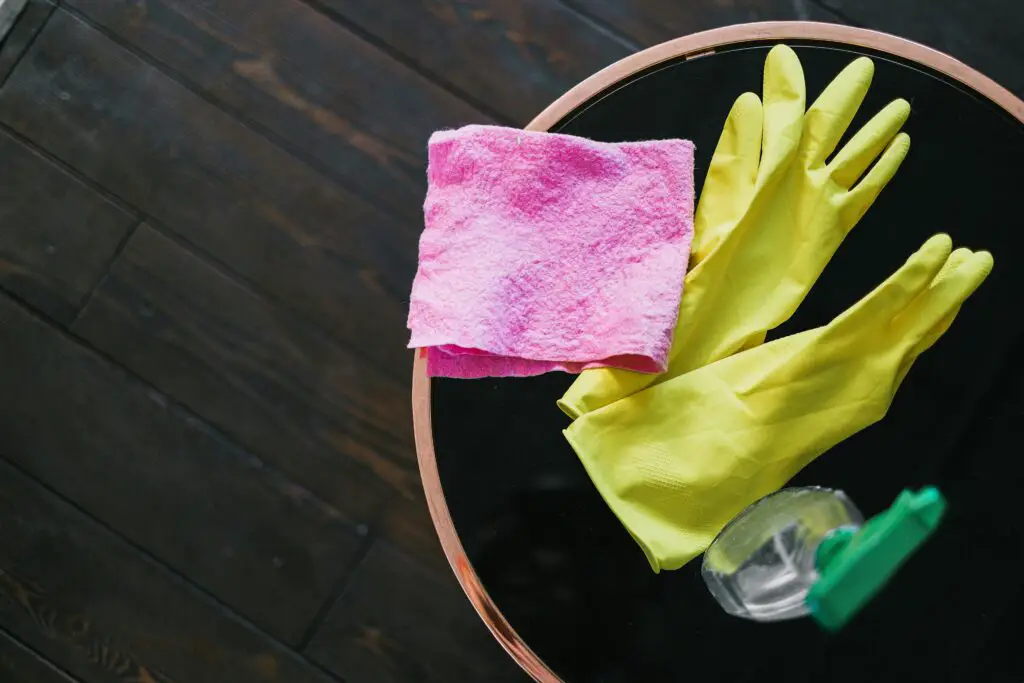
Heavy-duty cleaning products with volatile organic compounds (VOCs) were once celebrated for their effectiveness. Unfortunately, they caused respiratory issues and contributed to indoor air pollution. Low-VOC and natural cleaning solutions are now the safer, more sustainable choice.
